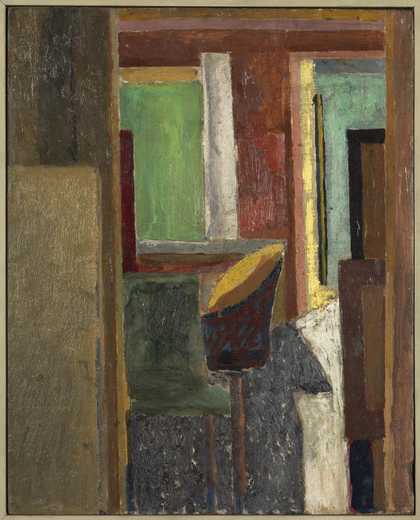Clive Bell’s theory of significant form was explained in his book Art published in 1914. He begins the book with the lines: ’ What quality is shared by all objects that provoke our aesthetic emotions?’. The answer, according to Bell, is ‘significant form’ which he goes on to loosely describe as: ‘lines and colours combined in a particular way, certain forms and relations of forms, [that] stir our aesthetic emotions’.
Bell was a member of the Bloomsbury Group in London, and his ideas can be seen reflected in artworks created by the artists associated with the Group.
- See definition for form



